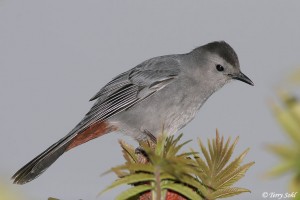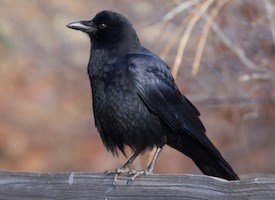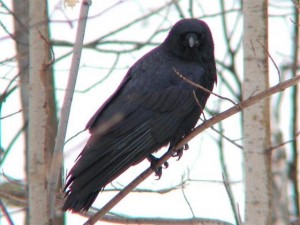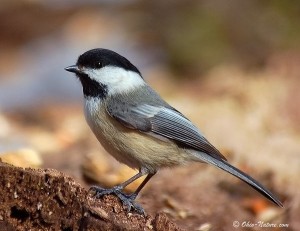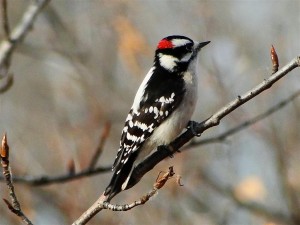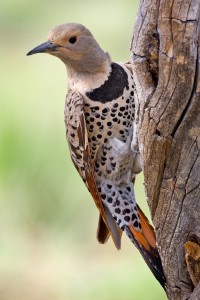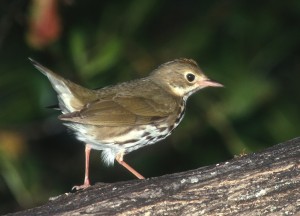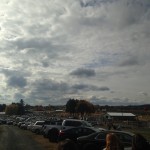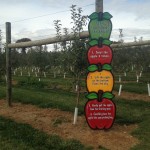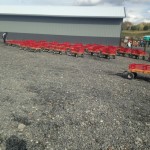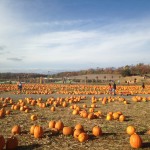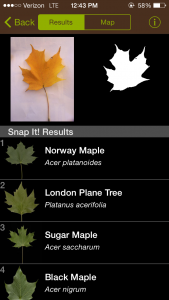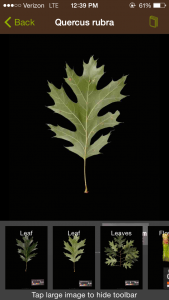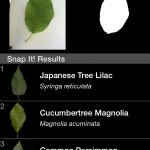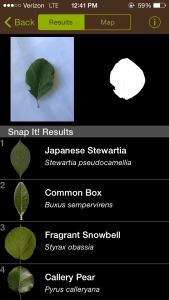Looking back on our recent trip to the Catskills, I have come to the realization that my entire hiking experience could be outlined based on the birds I saw and heard. It is only recently from my other class in Conservation Biology that I have learned how to amateurishly identify birds, but I find it interesting and important to understand the biodiversity of an area and birds are something very manageable to do. For this reason the rest of my blog post will be a timeline of the birds I saw going along with the flow of the hike and our trip in general, and the corresponding bird pictures .
The first bird I saw and heard was the Gray Catbird. It was during our initial hike up past the elderly hiking group. Right before I began the slight climb up to the group I stopped for a moment and heard a slight murmuring cat sound, looked to where it was coming, and saw two gray/white birds buzzing around the adjacent canopy.
The American crow was the second bird I believe I saw. This is based on the fact I believe it was different than the Raven Professor Brandes later pointed out. I did not sight this bird, but its call it very definitive and its possible I heard more than one while leading the hike up towards the ledges.
As everyone most likely witnessed and remembers, this is the North American Raven that went squawking by us when reminiscing up at the ledges. Its very similar to the American Crow in appearance , but is much larger.
My next sighting was a very memorable one for me personally. It happened when Erik, Tessa, and I plugged on ahead without the rest of the group. When we eventually stopped to think about whether to turn around, we were extremely silent for a few minutes and a downy woodpecker landed on a tree right behind us followed by a pack of 5-6 Black Capped Chickadees. The birds acted as if we weren’t even there; talking, buzzing, squeaking. Even when humans are quiet, it does not always equate to an area being quiet.
On the way back to the vans I heard a definitive Flicker coming from where the transition point was about 0.75mi away from the ledges. I know it was a Flicker… I just know.
The final bird I sighted was the Ovenbird Warbler. I had a hunch it was an ovenbird when I first spotted a brown bolt of movement on the other side of the road where the van was parked. Unlike the other birds, this one was on the ground with a few of its friends and they seemed like the fastest birds I had ever witnessed.
The trip really brought me to a place where I truly got to see some birds. In my previous bird sighting experiences during conservation biology lab, I had really only seen a few woodpeckers, a ton of blue jay, and a very scary, ominous great horned owl. When sighting at Mariton State Park, the site of my labs, I was told many times that it was not optimal bird sighting season, but I guess when you go into the actual wilderness it is always bird sighting season. To me going to the Catskills really clarifies and quantifies the severity of habitat fragmentation that has devastated so many state park areas over the years in terms of biodiversity. Nevertheless, it is still nice to know that there are areas like the Catskills where that is not the problem and so the diversity lives on.

